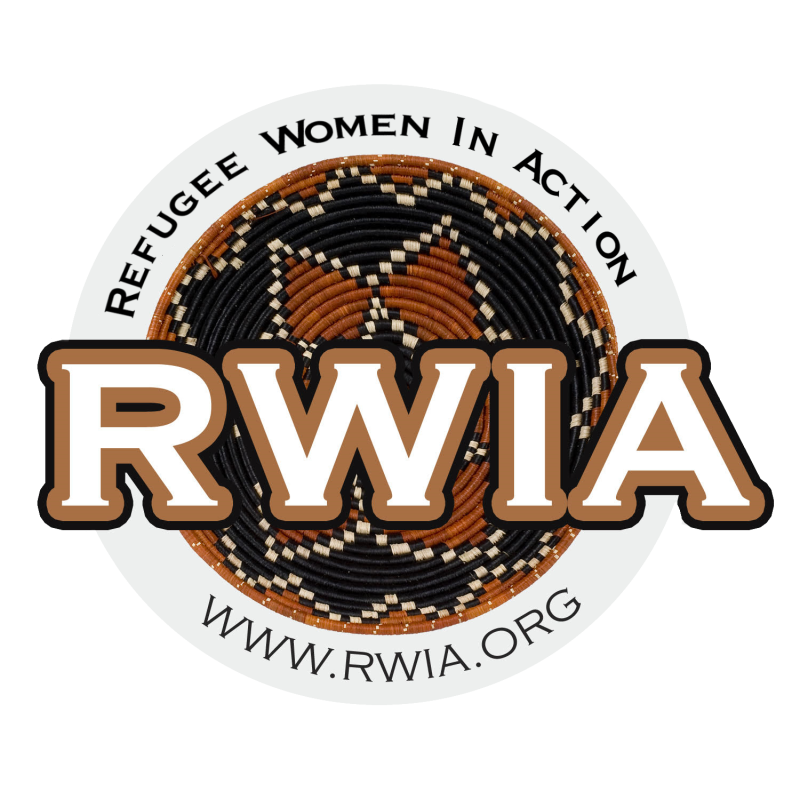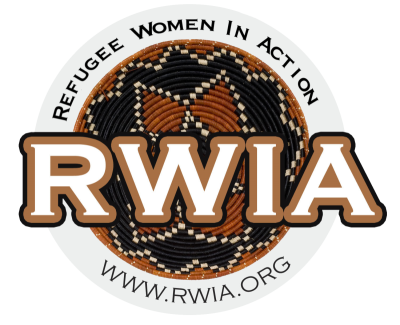Genocide in Rwanda (United Human Rights Council)
In 1994, Rwanda’s population of seven million was composed of three ethnic groups: Hutu (approximately 85%), Tutsi (14%) and Twa (1%). In the early 1990s, Hutu extremists within Rwanda’s political elite blamed the entire Tutsi minority population for the country’s increasing social, economic, and political pressures. Tutsi civilians were also accused of supporting a Tutsi-dominated rebel group, the Rwandan Patriotic Front (RPF). Through the use of propaganda and constant political maneuvering, Habyarimana, who was the president at the time, and his group increased divisions between Hutu and Tutsi by the end of 1992. The Hutu remembered past years of oppressive Tutsi rule, and many of them not only resented but also feared the minority.
On April 6, 1994, a plane carrying President Habyarimana, a Hutu, was shot down. Violence began almost immediately after that. Under the cover of war, Hutu extremists launched their plans to destroy the entire Tutsi civilian population. Political leaders who might have been able to take charge of the situation and other high profile opponents of the Hutu extremist plans were killed immediately. Tutsi and people suspected of being Tutsi were killed in their homes and as they tried to flee at roadblocks set up across the country during the genocide. Entire families were killed at a time. Women were systematically and brutally raped. It is estimated that some 200,000 people participated in the perpetration of the Rwandan genocide.
In the weeks after April 6, 1994, 800,000 men, women, and children perished in the Rwandan genocide, perhaps as many as three quarters of the Tutsi population. At the same time, thousands of Hutu were murdered because they opposed the killing campaign and the forces directing it.
The Rwandan genocide resulted from the conscious choice of the elite to promote hatred and fear to keep itself in power. This small, privileged group first set the majority against the minority to counter a growing political opposition within Rwanda. Then, faced with RPF success on the battlefield and at the negotiating table, these few power holders transformed the strategy of ethnic division into genocide. They believed that the extermination campaign would reinstate the solidarity of the Hutu under their leadership and help them win the war, or at least improve their chances of negotiating a favorable peace. They seized control of the state and used its authority to carry out the massacre.
The civil war and genocide only ended when the Tutsi-dominated rebel group, the RPF, defeated the Hutu perpetrator regime and President Paul Kagame took control.
Although the Rwandans are fully responsible for the organization and execution of the genocide, governments and peoples elsewhere all share in the shame of the crime because they failed to prevent and stop this killing campaign.
Policymakers in France, Belgium, and the United States and at the United Nations were aware of the preparations for massive slaughter and failed to take the steps needed to prevent it. Aware from the start that Tutsi were being targeted for elimination, the leading foreign actors refused to acknowledge the genocide. Not only did international leaders reject what was going on, but they also declined for weeks to use their political and moral authority to challenge the legitimacy of the genocidal government. They refused to declare that a government guilty of exterminating its citizens would never receive international assistance. They did nothing to silence the radio that televised calls for slaughter. Even after it had become indisputable that what was going on in Rwanda was a genocide, American officials had shunned the g-word, fearing that it would cause demands for intervention.
When international leaders finally voiced disapproval, the genocidal authorities listened well enough to change their tactics although not their ultimate goal. Far from cause for satisfaction, this small success only highlights the tragedy: if weak protests produced this result in late April, imagine what might have been the result if in mid-April the entire world had spoken out.
Source: United Human Rights Council
Read personal stories and our mission in our blog.
Share this on:
